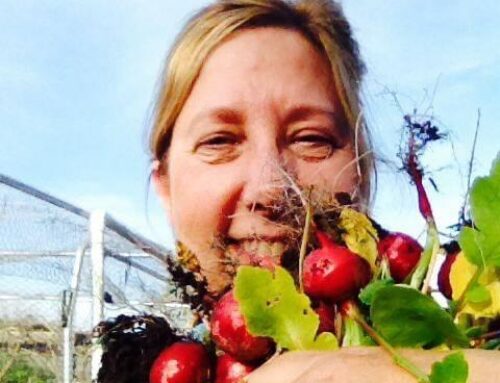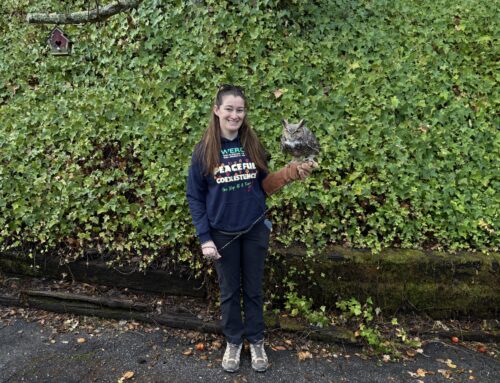Region growing reputation for quality fine wines, friendly tasting rooms
Published in the Sept. 16-29, 2015 issue of Morgan Hill Life
By Staff Report

Photo by Marty Cheek
Karen Seeker pours a glass of wine with husband Randy Seeker looking on to celebrate Seeker Vineyard’s becoming a part of the Santa Clara Valley Wine Trail Aug. 29.
With toasts, a ribbon cutting and speeches, the Santa Clara Valley celebrated the one-year anniversary of the Wine Trail Aug. 29. Local wineries have seen a significant rise of their tasting room visitor numbers, with winemakers saying its thanks considerably to the trail and its promotion of the region’s premium wines.
“I’m hearing from all the wineries that their tasting room attendance is up,” said John McKay, a founding member of the Tourism Alliance which played a role in creating the trail. “There’s no doubt there are a lot more people coming to the wineries.”
Four wineries recently became part of the Wine Trail — Lion Ranch Vineyards and Winery, Seeker Vineyards and Lightheart Cellars (all three in San Martin) and Stefania Wine (in Gilroy). A California Passports van brought participants of the celebration to all four to introduce them. A new tri-fold brochure that includes a listing of the wineries on the trail as well as a map of their locations was also introduced.
The Wine Trail is a 28-mile loop that provides drivers with a self-guided tour of the South Valley’s wine country through the guidance of 70 “way finding” directional signs.
The trail received its original kick-off at Guglielmo Winery Aug. 22, 2014. The South Valley has been emerging as a destination for wine connoisseurs as more wineries are established here and the quality of the wines improve thanks to technical session workshops put on the Wineries of Santa Clara Valley association, McKay said. The Wine Trail helps to highlight the region’s vineyards and wineries by the signage making it easier for people to discover the more than 30 wineries based here.
“This is the first time that the winery association has had a really strong collaborative effort where they can show the world what they’re all about,” he said. “They put on events such as the Passport Weekend and the barrel tasting and other smaller events. But the Wine Trail benefits everybody.”
There is collateral economic benefit as more people come for the wine and then later enjoy a local restaurant and shop downtown. A few years ago, local people and leaders rarely talked about the wine tourism for the South Valley, but now with cross promotions and more targeted marketing, the region is building an awareness for its friendly wineries which can compete in quality with other California wine-making communities, McKay said.
WSCV board president Mike Sampognaro, co-owner of the Morgan Hill Cellars winery, is “ecstatic” about the Wine Trail because he sees it providing traction for marketing the regions to Silicon Valley people who might consider going to Napa or Paso Robles instead of visiting the wineries in their own backyard.
“It brings a legitimacy to the region,” he said. “From our individual winery standpoint, we’ve seen a large growth.”
It’s difficult for the wineries to track the demographics of visitors to their tasting rooms, but Sampognaro sees it as a combination of local residents, Bay Area and Monterey Bay region visitors, and a small number of international visitors. He sees the potential of having tourism buses bring visitors to the South Valley wineries once they recognize there is a Wine Trail here. With less travel time from the Silicon Valley, the visitors will have more time to spend visiting the wineries and chatting with the staff and winemakers.
Sampognaro said he’s heard from people who’ve visit Napa and Sonoma that the friendliness there has gone down hill, the prices have risen, and the quality of the wine for the most part hasn’t changed. Although for many years South Valley wines had a bad reputation, th region has been producing first-class wines. “It amazed me, that in the (San Francisco) Chronicle competition last year, 13 of our wineries garnered 89 medals,” he said.
The wineries have been working hard together to try to improve. “I expect as the years go on we will be more and more in that class of quality wines.”
The Agricultural Department of Santa Clara County did an economic study in 2013 and 2014 and found the county’s wine industry provides a $180 million benefit. Wines come in second place behind row crops (with about $200 million benefit) during that period.






